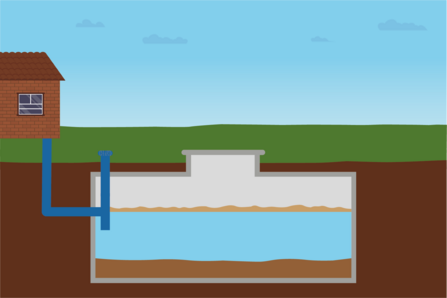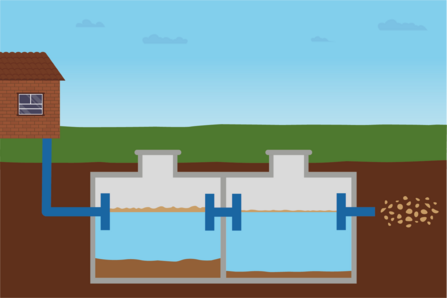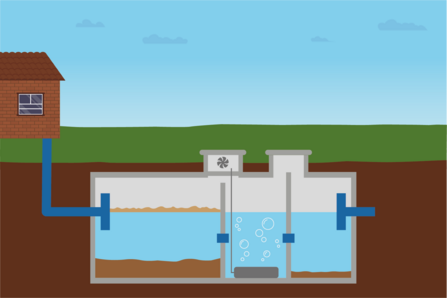In our region, most properties are directly connected to the main sewer system. Homeowners are responsible for the drains on their land, while the drains and shared sewers beyond are maintained by the local water company. The wastewater charge covers our waste being taken away, and treated, via these channels.
In rural areas, however, some properties are not connected to this main sewer network. This might be because the existing pipes are too far away or cannot be extended to the property's location. Even if making the connection is possible, the owners may be put off by the cost and disruption involved.
Instead, these properties rely on private 'off-mains' sewage systems: cesspits, septic tanks, or sewage treatment plants. These systems require emptying and maintenance by specialist companies, and the owners take on these costs instead of paying a wastewater charge to their local water company.
In all three types of system, bacteria naturally break down the waste as they digest it for energy. Beyond this, the systems diverge in how they treat and discharge waste materials. Let's take a look at how they work!
➤ Read more: how to manage your off-mains sewage system
➤ Read more: how off-mains sewage systems impact the environment




